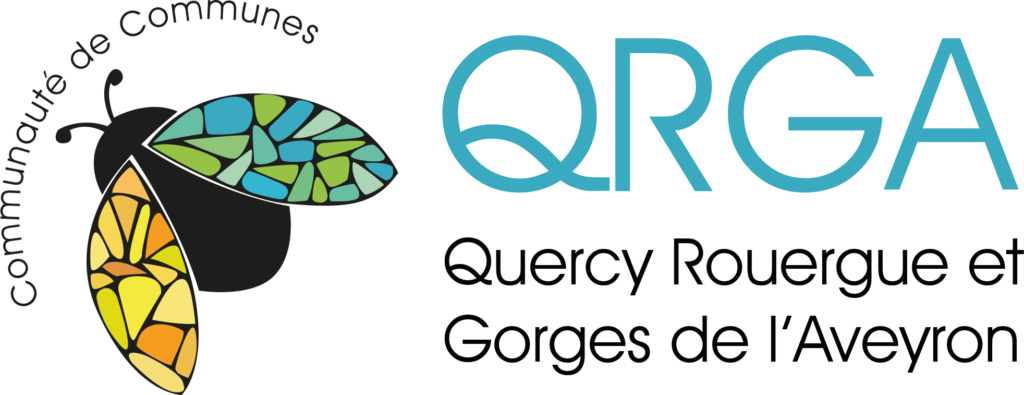The Intercommunal Local Planning Scheme (PLUi) was approved on 24 October 2017 after several years of reflection. This urban planning document is the expression of a collective ambition for the future of the territory with the definition of major guidelines in terms of housing, economic development, the environment... over a 15-year period. The long-term vision is summarised in a strategic document that forms the heart of the PLUi: the Sustainable Planning and Development Project (PADD).
The local authority's project is implemented using a number of regulatory tools that provide a framework for land use and occupation: the Planning and Development Guidelines (OAP), the zoning of the area and the written regulations associated with these zones. In addition to these legal provisions, there are regulations and easements relating to risk management, environmental protection, the presence of major infrastructures, etc.
Following the conference of mayors held on 26 April 2019, amendment no. 1 to the PLUi was initiated by order of the President of the CCQRGA on 20 June 2019, just over a year and a half after its approval.
Why this change?
The decision to change the town planning document was taken in order to respond to difficulties in reading and applying certain rules, based on feedback from town hall staff, elected representatives and instructing authorities, and to adapt the document to the new regional context. It does not therefore call into question the inter-communal project set out in the PADD.
What does it involve?
There are two types of work carried out on the town planning document. Most of them concern technical and legal issues, including the correction of material errors arising from :
- failure to take into account the conclusions of the public enquiry,
- a clear contradiction between the regulatory tools and the objectives expressed in the PADD,
- incorrect transcription of the information available at the time the PLUi was drawn up.
The written regulations, the drafting of which has caused difficulties in understanding the rules, have been given a formal overhaul (without affecting the legal content) to correct errors of composition (typos), ensure better semantic concordance with the terms of the Code de l'Urbanisme, improve the structure of the written text and take into account the comments made by the Departmental Territorial Directorate's investigating services.
At the same time as these formal changes, a number of substantive changes have been made to the regulations in order to facilitate the emergence of small-scale projects, without undermining the guidelines set out in the PADD. The changes to the regulations are designed to support the area's residential and economic appeal.
Lastly, the purpose of amendment no. 1 of the PLUi is also to incorporate into the urban planning document new projects that have emerged in the area and that contribute to achieving the objectives of the Sustainable Development Plan. These projects are as follows:
- Designation of buildings likely to undergo a change of use in eight municipalities
- Creation or modification of reserved sites in 3 communes
- Development of the Bosc cave tourist site in Saint-Antonin-Noble-Val
- Creation of a paintball centre in Saint-Antonin-Noble-Val
- Extension of a craft business in Saint-Antonin-Noble-Val
- Conversion of a business site to residential use in Laguépie
- Building a village hall in Saint-Projet
Are any consultation measures planned?
The Conference of Mayors has defined the following public information procedures for this first development of the town planning document:
- Opening of an information area and provision of finalised study documents on the CCQRGA website;
- Publications in the inter-municipal newspaper "La Gazette";
- The Town Planning Department is available to receive comments, which will subsequently be forwarded to the Commissaire Enquêteur.
A public enquiry will be held in the last quarter of 2019, with the Commissaire Enquêteur visiting several geographical areas of the inter-communal area. The flow chart below summarises the various stages of the procedure:
Any comments or questions may be addressed to the CCQRGA Town Planning Department:
Community of Communes of Quercy, Rouergue and Gorges de l'Aveyron
Place de l'hôtel de ville
BP 30 - 82 140 Saint-Antonin-Noble-Val
05 63 30 67 01
urbanisme(at)cc-qrga.fr


